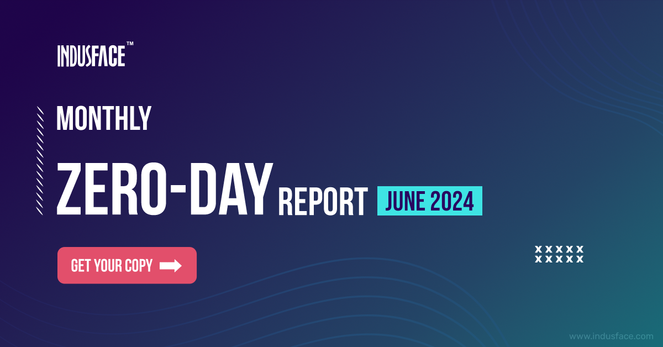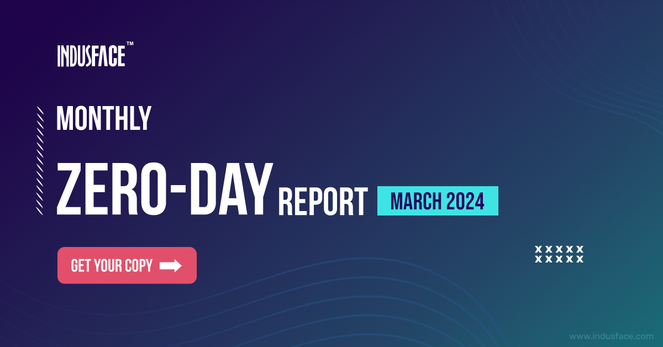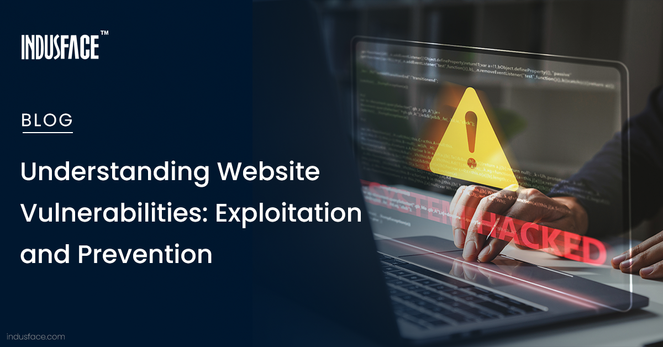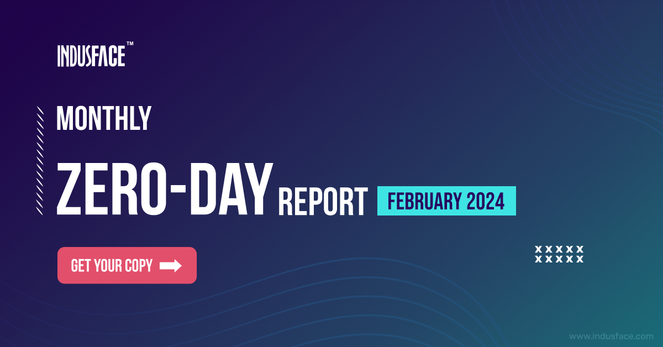Critical Command Injection Vulnerability in Palo Alto Networks PAN-OS
Date: 2024-04-12
CVE: CVE-2024-3400
Vulnerability Type: Command Injection
CWE: [[CWE-77]]
Sources: Palo Alto Networks Security Advisory
Exploited in the wild: Yes, Palo Alto Networks is aware of a limited number of attacks that leverage the exploitation of this vulnerability.
Issue Summary
A severe command injection vulnerability identified as CVE-2024-3400 affects the GlobalProtect gateway feature of PAN-OS, allowing unauthenticated remote attackers to execute arbitrary code with root privileges. This vulnerability impacts specific versions of PAN-OS (PAN-OS 11.1 < 11.1.2-h3, PAN-OS 11.0 < 11.0.4-h1, PAN-OS 10.2 < 10.2.9-h1) with the configurations for both GlobalProtect gateway and device telemetry enabled.
Technical Key Findings
The vulnerability allows for OS command injection through improperly neutralized special elements in commands. This flaw can be exploited remotely without user interaction due to its network-based attack vector and low complexity.
Vulnerable Products
Affected products include certain versions of PAN-OS 10.2, 11.0, and 11.1 when both GlobalProtect gateway and device telemetry are enabled.
Impact Assessment
Exploitation could lead to complete system compromise, enabling attackers to disrupt operations or steal sensitive information.
Patches or Workarounds
Hotfix releases for affected PAN-OS versions are expected by April 14, 2024. A mitigation through Threat ID 95187 is available for those with Threat Prevention subscriptions, or by temporarily disabling device telemetry until the device is upgraded to a fixed PAN-OS version.
Tags
#PaloAltoNetworks #CVE-2024-3400 #Cybersecurity #CommandInjection #NetworkSecurity







